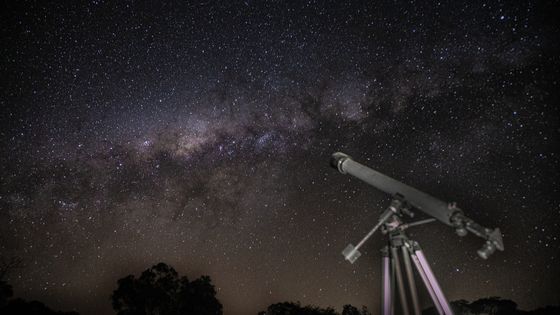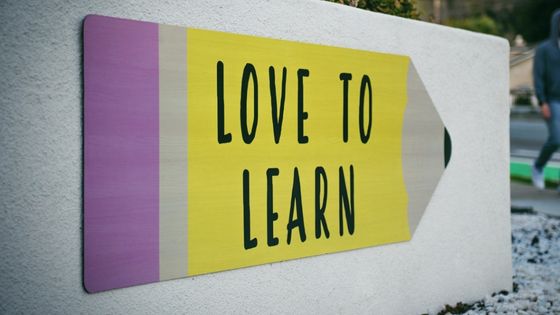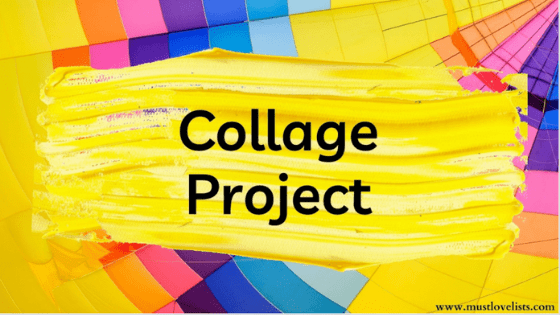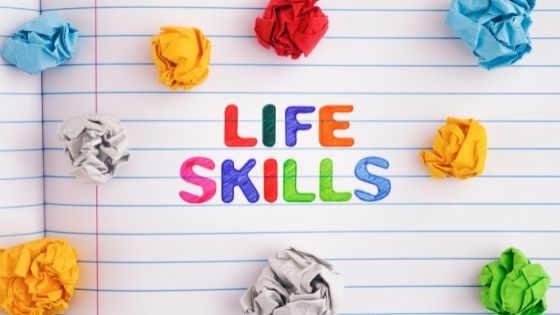Activities to Enhance Homeschool High School Astronomy
Astronomy can be a fun science or elective credit for your homeschooled high school student. These supplemental learning activities are intended to be used alongside an astronomy textbook curriculum. Most students will learn more and understand the material better if they engage with the concepts through a variety of hands-on activities.
Although I chose an astronomy curriculum based in a Christian worldview, I find it valuable to share content with my children that sometimes contradicts what they read in the curriculum. You should examine and vet these resources for yourself if you have concerns about the content as it relates to such subjects as age of the universe, how the stars and planets came into existence, or other matters that you feel strongly about.
Below, I’ve organized the resources to correlate chapter by chapter to Apologia’s Exploring Creation Through High School Astronomy textbook.
However, you can use these resources to supplement any curriculum by using the general topics listed in the headings to determine where each activity would fit best.
If you have purchased the Apologia High School Astronomy curriculum, you should also check out the “Book Extras” section of their website, where you’ll find their links to additional resources. Most of their resources are links to articles, but there are a few videos and interactive websites included.
I’ve included video links and hands-on activities to use throughout the course, as well as chapter by chapter suggestions for their placement.

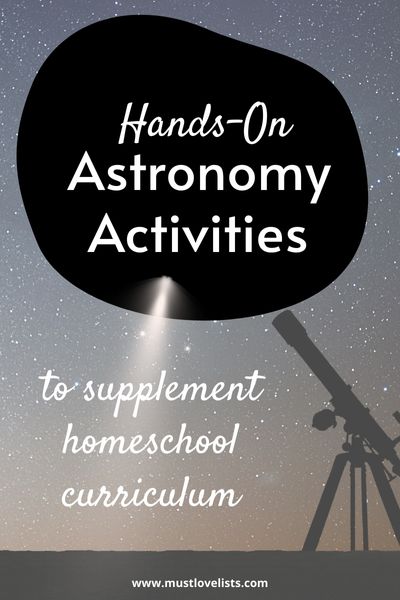
Using the Astronomy Resources
These resources can be used along with any middle or high school astronomy course, but the module titles included here follow along with Apologia’s Exploring Creation with High School Astronomy textbook.
Unless you have a student who is deeply interested in astronomy, you probably won’t want to complete all the activities here. If your student loves video, add more video content. Look through the hands-on activities to choose the ones your student would find the most engaging or helpful. Better yet, ask your student or have them decide which activities they most want to include!
General Astronomy Resources
- Skymaps: Download free monthly maps of the evening sky to use for backyard stargazing.
- MicroObservatory Robotic Telescope Network: Choose a target and the telescope will take an image of your selection overnight, posting the image on the website the following day.
- Odyssey: The Young Socratics: Computer game that engages students in the history of astronomy and scientific reasoning through an adventure game
- visit an observatory
- go to a planetarium
- contact an amateur astronomy group for helpful advice and learn from their experience
Astronomy YouTube Channels
- Eyes on the Sky: General stargazing and telescope usage. Start with the three-video series, Stargazing Basics, linked below.
Getting Oriented to Better Learn the Night Sky (1 of 3)
Understand Star Magnitudes to Learn the Night Sky (2 of 3)
Learn to Measure Distance Easily in the Night Sky (3 of 3)
Astronomy Websites
Hands-On Activities for Astronomy
- Youth Astronomy Apprenticeship activities from MIT and the Smithsonian (link to appendix containing printable extras needed for some hands-on activities)
- Planet S: universe@home: downloads of paper models
Throughout the remainder of this article, you’ll find the HANDS ON activities have a light gray background to help you quickly navigate to them.
Apologia High School Astronomy Introduction
- Visit Secret Worlds: The Universe Within to see a cool way of zooming in from space. Scroll partway down the page and choose the “Manual” setting so you can click through the images at your own pace. Read the heading at the top of each image and click through to decrease after each image.
- HANDS ON: Astronomy in the Marketplace Activity from the Youth Astronomy Apprenticeship
Module 1: Mysteries of the Universe
- HANDS ON: Modeling the Universe Activity from the Youth Astronomy Apprenticeship
- HANDS ON: Cosmic Survey Activity from the Youth Astronomy Apprenticeship
Module 2: The History of Astronomy
Early History
- HANDS ON: Testing Astrology Activity
Renaissance Era
Renaissance to Modern Era
Module 3: Understanding the Basics
Measurement
- HANDS ON: How High Up Is Space Activity
Time
- HANDS ON: Make a Human Sundial
Speed and Velocity
Mass and Weight
- How Do You Weigh Things in Space? (YouTube: SciShow)
Doppler Effect
- Redshift (YouTube: Institute of Physics Classroom Demonstration)
Rotation and Revolution
Module 4: Our Solar System
- HANDS ON: Pocket Solar System Activity
- HANDS ON: Toilet Paper Solar System Activity
- HANDS ON: Worlds in Comparison Activity
Module 5: The Sun
- HANDS ON: Eclipse Activity
Module 6: The Inner Planets
- If the moon were a pixel (interactive website showing the scale of the solar system)
Mercury
- Mercury: The Innermost Planet (Professor Dave Explains)
Venus
- Venus: Earth’s Sister Planet (Professor Dave Explains)
- HANDS ON: Spacecraft Design: Beat the Heat (YouTube: TeachEngineering)
Earth
- The Earth’s Atmosphere: Why Is The Sky Blue? (YouTube: Institute of Physics Classroom Demonstration)
- HANDS ON: Modeling the Earth-Moon System from the Youth Astronomy Apprenticeship
Mars
- Mars: The Red Planet (Professor Dave Explains)
- The Mars Generation (Netflix documentary)
- Mars: One Day on the Red Planet (Disney+ documentary)
Module 7: The Moon
- HANDS ON: Crash Landing Activity
- HANDS ON: Exploring Lunar Phases
- HANDS ON: Moon Phases Activity from the Youth Astronomy Apprenticeship
- In the Shadow of the Moon: 2007 documentary using crew members of all the Apollo missions telling their story of the extraordinary accomplishment of sending humans to the moon.
Module 8: Telescopes
- HANDS ON: Mirror, Mirror Activity
- HANDS ON: Telescope Mirror Challenges
Module 9: The Outer Planets
Jupiter
- Jupiter: King of the Planets (Professor Dave Explains)
- HANDS ON: Observing the Moons of Jupiter Activity
Saturn
- Saturn: Best Rings in the Solar System (Professor Dave Explains)
- Death Dive to Saturn: Documentary film following the NASA mission, Cassini, and the information reported back from the spacecraft’s journey to the ringed planet. Currently available to rent on Amazon Prime.
Uranus
- Uranus: It’s Pronounced “YOOR-uh-nus” (Professor Dave Explains)
Neptune
- Neptune: The Outermost Planet (Professor Dave Explains)
- The Planets (BBC documentary series)
- Planet size comparison: interactive website
Module 10: Dwarf Planets and the Asteroid Belt
- Cooking Up a Comet (YouTube: Institute of Physics Classroom Demonstration)
Module 11: The Universe
- HANDS ON: Astropoetry Activity from the Youth Astronomy Apprenticeship
- If your family is a fan of the Netflix series, “Lost in Space,” your student may enjoy this video describing the Alpha Centauri System, from Professor Dave Explains.
Module 12: The Stars
- HANDS ON: 3-D Constellations Activity
- HANDS ON: Paper Cup Planetarium
- HANDS ON: Interview with a White Dwarf (part of several activities from the astronomy program at University of Texas)
- Colour and Temperature of Stars (YouTube: Institute of Physics Classroom Demonstration)
- HANDS ON: Exploring Black Holes Activities
- Black Holes: The Edge of All We Know (Netflix documentary)
- HANDS ON: Umbrella Star Chart (watch the video to get the idea, but you can use any star chart to create your own)
Module 13: Galaxies
- HANDS ON: Galaxy Sorting Activity (best done prior to reading the textbook or watching videos)
- HANDS ON: Build Your Own Galaxy
- HANDS ON: Tour of the Universe Activity from the Youth Astronomy Apprenticeship
- HANDS ON: Stars and Galaxies (Do They Collide?)
Module 14: Celestial Navigation
- How to Navigate Using the Stars (YouTube: Atlas Pro)
Click the banner below to visit Apologia’s website and learn more about their high school astronomy curriculum.

General Astronomy Documentaries
Humans are endlessly fascinated by space and there have been far too many shows and series made for me to list here. I’ve listed a few that may be of interest to a high school student studying astronomy, but any streaming service you have will provide many additional titles. Also, don’t forget to search your library system for documentaries about space!
- NASA Documentaries: YouTube playlist containing 30-90 minute documentaries from NASA
- Return to Space: Netflix documentary documenting Elon Musk’s determination to make human space travel possible with his company, SpaceX.
- IMAX Hubble: 2010 documentary containing stunning footage of our universe
- Journey to the Edge of the Universe: 2008 National Geographic documentary
Read: 36 Documentaries to Use in Your Homeschool
Movies & TV Related to Astronomy and Space
You can choose to watch these just for fun, or if your student is interested, discuss some of what the movies got right and wrong, scientifically speaking.
- The Martian: Watch Dr. Becky’s video, Could we actually grow potatoes on Mars?
- Interstellar: Check out the infographics provided by Space.com, describing some of the real science behind the movie. Also, an article from Oberlin College detailing some of the science behind the movie.
- Lost in Space Netflix series: Watch Dr. Becky’s video, Astrophysicist reacts to Netflix’s Lost in Space
Activities for Learning About Astronomy
Even if your student asked for textbook curriculum, like mine did, they will enjoy and benefit from a variety of learning experiences to solidify their understanding of the information and concepts they encounter in the text.
Adding some video content, hands-on activities, and field trips brings science to life. Offer your students the option of choosing some of these activities, or surprise them with a fun project or video occasionally. If your child is interested, give them free rein to go as deep as they like and substitute some of the video and project work for reading textbook material.
One goal of home education is to provide our kids with more ownership over their learning, and offering a variety of choices in how to learn about a topic assists in giving kids the choice to learn in the manner that works best for them.
Visit my homeschool resources page for monthly unit study ideas, projects, and homeschool planning help!


